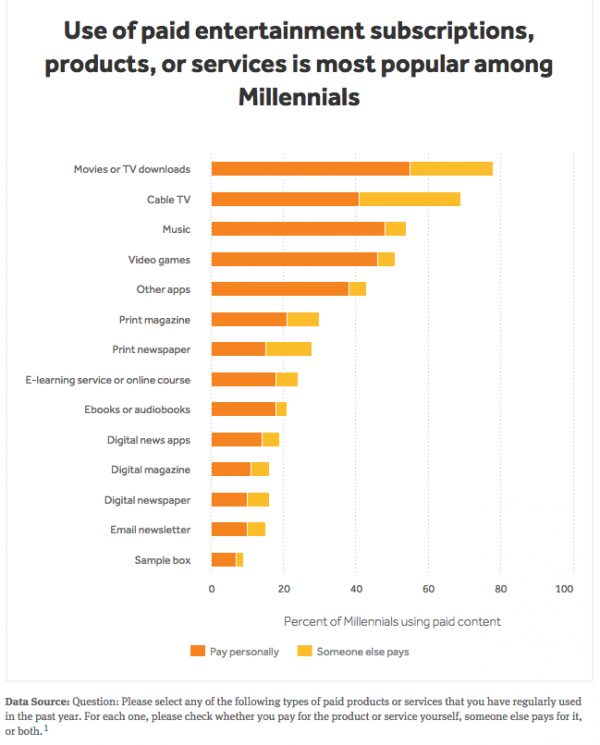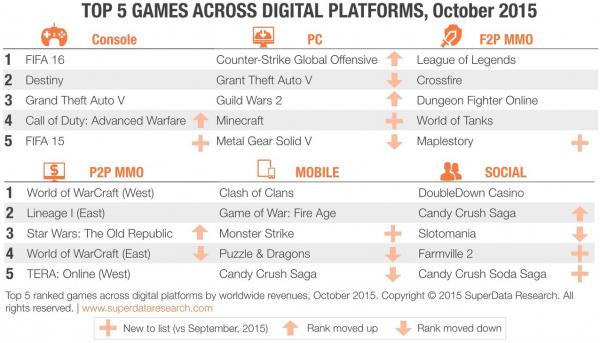Scuf Gaming has emerged as a leader in the burgeoning console eSports market. The company launched five years ago to fill a niche in the eSports console business by introducing controllers that were designed for first-person shooters like Call of Duty and Halo. Scuf Gaming continues to offer handmade custom controllers designed to give pros, and everyday players, and edge in gaming. Duncan Ironmonger, CEO and co-founder of Scuf Gaming, talks about the evolution of the company and its licensing deal with Microsoft in this exclusive interview.

Duncan Ironmonger, CEO and Co-Founder, Scuf Gaming
What are the origins of Scuf Gaming
Five years ago we felt controllers, in their traditional sense, were fairly outdated compared to the demands of everyday gaming at the elite level. Only using two fingers to navigate 20 buttons on the controller was challenging. We created a more ergonomic controller, and that’s how we came up with the paddles and the Scuf gaming controller. The goal was improving comfort and control and using more of your hand with the panels. We went through a series of features around triggers, different thumbstick sizes and heads and lengths and grips, and all of these things added to a more intuitive and comfortable controller.
What’s the secret to the Scuf controllers
By using the underside of the controller with the paddles we invented, we created a better way to play first-person shooters than just using the front of the controller. A lot of pro gamers were using a method called claw, where they’d move their first finger up to the A, B, X, and Y buttons to hit while they had their thumb on the thumb stick and then a second finger on the trigger. That could cause carpal tunnel and nerve damage over the years. What our controller did was allow for a more intuitive experience.
How did you market Scuf Gaming
We penetrated the market working with pro gamers. It was all grass roots marketing. We received no VC funding. From a timing perspective, eSports has grown rapidly over the last five years. To penetrate the market when we started was relatively inexpensive to incentivize the influencers out there. Now it’s more expensive, as it’s become more mainstream. We were able to give pros a free controller to allow them to improve their game, and we’d sponsor some teams to travel around the country and world. It was a natural synergy.
How did you expand marketing beyond the pros
On the business side, you have your top guys who are influences, and then it was trickle down. We focused on the top 10 percent or 20 percent of gamers out there. That was the social media and affiliate program model we put together. We had YouTubers doing videos about how Scuf controllers made them better. We gave them a code for 5 percent off and every time that it was used we’d pass off a small incentive to the YouTubers. Most of them would disclose that they were getting a small kickback.
Before you want to be an affiliate, we’d send out a controller and have them test it. Then if they like it, we’d talk to them about the affiliate. To date, 99.9 percent of people who have used it find it increases their game and they like what we do.
What separates how you make Scuf Gaming controllers
We handcraft all of our controllers. We have 145 people in the U.S. and another 45 in the UK. Our margin isn’t a lot, so we wanted to make sure we minimize the portion of discounts we put out there. We’re not made in China like so many other controllers in the market.
There’s also the practicality of producing something in mass production when it has to be customized to their game preference and to the size of their hand. One size doesn’t fit all. It’s not perfect for everyone to use. We do different metal configurations, different thumb trigger sizes, and they can also customize the colors. Sometimes there are hundreds of thousands of permutations, so doing offshore doesn’t make sense.
How popular is Scuf Gaming in eSports
Over 90 percent of console pro gamers in the shooter market use Scuf controllers, including Optic Gaming, Team Envyus, Faze, Epsilon and Team Kaliber. We sponsor over 30 of the main teams. But even if we don’t sponsor them, they use Scuf controllers.
Why do you think so many players use Scuf controllers
The secret sauce of why we have such a high penetration in the pro circuit is the paddles, which are patent protected. In theory, no one can put paddles on the back of a controller. You can hit them anywhere down the length, so it fits small, medium, and large hands. The second part is the trigger — racing game you want to squeeze faster to make the car speed. For COD, rather than pulling for 25 degrees, we put in a trigger stop and allow you to mechanically tune with a hex key that winds the trigger down to pull it to 1 or 2 degree movement to reduce all the latency for shooters.
How have you expanded your YouTube influencer program
We have over 200 influencers in our program, which includes YouTube influencers in our affiliate program and pro gaming teams. It’s quite a large network of influencers. Also, this isn’t about us buying business. It’s about providing a tool for them to improve their game.
Four years ago the YouTubers had a much larger reach, but now we’re seeing pro gamers like Optic Gaming and NadeShot take the limelight. We sell 95 percent of our controllers online.
What role has partnerships with eSports leagues played for your company
The strategy was always to get endorsed and partnered with a pro gaming league. From the outset, getting partnered with these guys was important because they need to approve the equipment and they’re the leagues where people are going to pay attention. Getting into some of those leagues is quite easy, but it took us a few years to get into MLG. In the end they saw the authenticity of the product because we had all of the pros playing with it. Today we work with ESL, UMG, GFinity, ESWC and MLG. I go to most of the gaming events around the world to get the word out there. Then it’s trickling down to the mass market.
Can you explain your relationship with Microsoft
Microsoft licensed our IP for the Elite Controller. We filed 55 patents and had 17 granted, so the Elite can’t exist without our license. We also have an exclusive partnership with Microsoft to create accessories for the Elite.
We specialize and customize controllers to the individual with Scuf Gaming, but then Microsoft has packaged a one-size-fits-all Elite and we take a royalty on every controller they sell. Microsoft is one of the biggest companies in the world and they can reach a much bigger audience than we ever could. We want to grow from within and grow the brand, and  the intention is to move forward in that direction. Microsoft has a more mass market model, and the two complement each other very well.
Microsoft with the Elite Controller has validated the market space that we created. We spent the last 4½ years educating gamers why they need these controllers. Microsoft will promote eSports to promote their games and hardware and controllers.

 Van Dreunen also provided a number of observances from the report:
Van Dreunen also provided a number of observances from the report:

